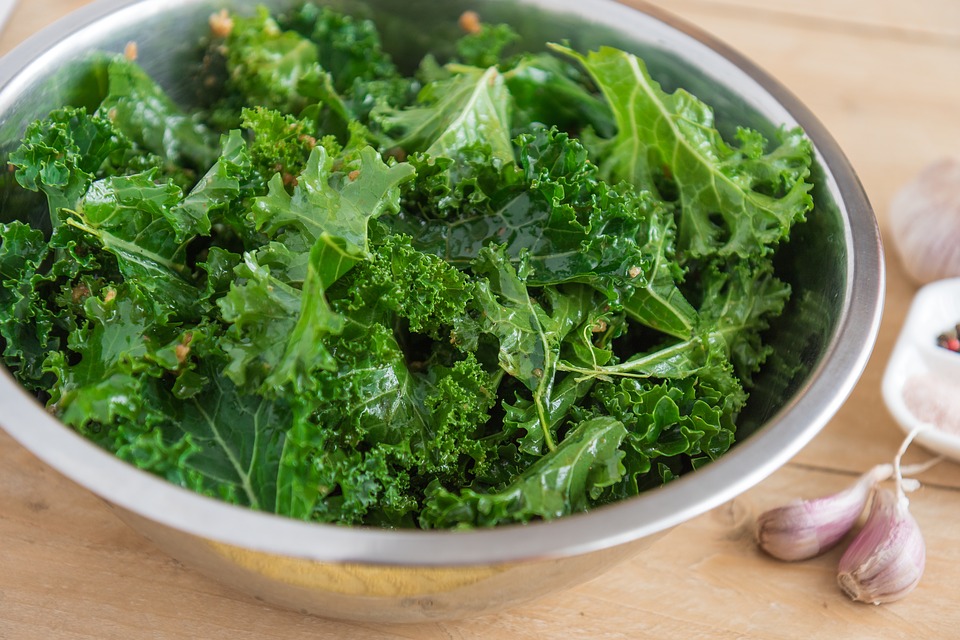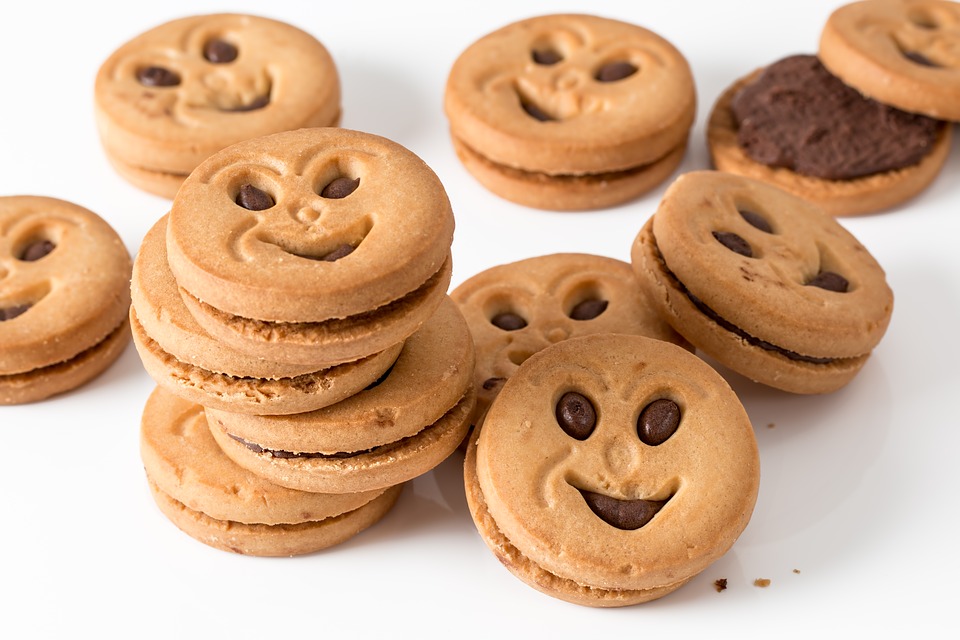Disclosure: This article may contain affiliate links. If you decide to make a purchase, I may make a small commission at no extra cost to you.
Calorie restriction is known for extending lifespan in animals and does so in proportion to the degree of restriction. In a long-running experiment by the NIA, rhesus monkeys were split into groups, where one group would eat an ad libitum diet and the other group would be put on 30% calorie restriction.
The researchers set up the study so that the control fed animals were actually restricted by 10% so that rhesus monkeys wouldn’t become fat or obese. The calorie-restricted group would receive 30% fewer calories.
Unfortunately, unlike the Wisconsin study which showed a significant increase in lifespan, this NIA study showed no increase in mean lifespan in the adult-onset CR group. There could be many reasons for this, which I’ve already discussed in my review of the studies’ here.
It has already been established that in some strains mice or rats, 10% restriction can result in as much lifespan extension as 30% CR. So, could the contradictory results of the two monkey studies’ be explained by the fact that the level of restriction in the NIA control monkeys was already enough to elicit the maximum lifespan that we’d typically expect with a more severe level of restriction?
I do have some doubts on this idea, however. It appeared that the rhesus monkeys’ in the experiment failed to exhibit important changes in their health parameters that normally occur under calorie restriction. For example, people who practice CR more closely match the changes that happen in rodents on CR. So, what is it about rhesus monkeys, in particular, that is different and why didn’t they respond properly?
That being said, the rhesus monkeys lived to around 35 years old, which is very old for a rhesus monkey when you consider the fact that in previous cohorts, monkeys tend to live to an average of 27-28 years. So then, the lifespan increase corresponds to the equivalent in human years of about 21 years of extra life.
They also noted that four calorie-restricted monkeys lived to beyond 40 years old so far, and only 1 ad libitum (10% CR) reaching that milestone. Also, an analysis of 3264 rhesus monkeys on record showed that only two rhesus monkeys had ever reached this age before. Perhaps that is a sign that for some rhesus monkeys, CR was very effective in slowing down the rate of aging.
The final results will be with us in just a few years time, so until then, we’ll have to just wait.
The researchers wrote about the monkey studies’ saying:
“The possibility that lower levels of DR are as effective in increasing life span as high levels of DR could help explain the contradictory results reported on the effect of DR in rhesus monkeys in studies that were conducted at the University of Wisconsin and the NIA. One of the major differences in these two studies was body weight and the amount of food consumed by the AL monkeys. Body weight and food consumption were significantly greater in the AL monkeys in the study at Wisconsin compared to the AL monkeys at the NIA, suggesting that the AL monkeys at the NIA were slightly restricted compared to the AL monkeys at Wisconsin. Therefore, the lack of an increase in longevity reported by Mattison et al. could be because of the AL rhesus monkeys in this study having achieved a level of restriction necessary for an increase in life span, and a further restriction did not further increase lifespan.”
Study in rats comparing 10% CR and 40% CR

In a study conducted in rats, researchers looked to compare the difference in lifespan and disease in rats fed an ad libitum diet, 10% CR and 40% CR.
What was interesting and came to my attention before I had finished with the paper was that the mean lifespan was similar for both restricted groups and that there was a significant increase in survival for the 10% and 40% CR groups compared with the ad libitum fed animals.
This is similar to the trend that has been noted in the NIA rhesus monkey study. Because of genetic differences, monkeys may respond differently to varying levels of CR.
You can see that quite a few rats in the study below died earlier than the 10% CR group, but the groups diverged near the end of the lifespan curve and the rats who ate 40% less lived far longer. The ad libitum group had a maximum lifespan of 1026 days, 10% CR – 1180 days, and 40% CR – 1400 days.
So for a lucky few who do follow a more strict level of CR, the pay off might be significant. Although, on average, perhaps even a modest reduction in calories will increase your lifespan by quite a few years.
The rate of declining health for the ad libitum and 10% CR group was similar; there was no real difference. However, in the 40% restricted group, the slope of the Gompertz curve was altered, reflecting that the aging of these animals was slower and they remained healthier. They also had a slower rate of decline in their health, the researches said.
The earlier deaths in some of the animals in the 40% CR group suggests that perhaps the level of CR was too much for some of them.

Humans who practice calorie restriction have greater control over the level of CR and can micro-manage their CR diet and supplements regimen. We can also use tests to guide our practice and ease back when it might be too much. This gives us the best chance to see the best possible results from calorie restriction without compromising our health.
You can find the full paper here: http://onlinelibrary.wiley.com/doi/10.1111/nyas.12982/epdf
Article reviewed and updated: February 2019.









